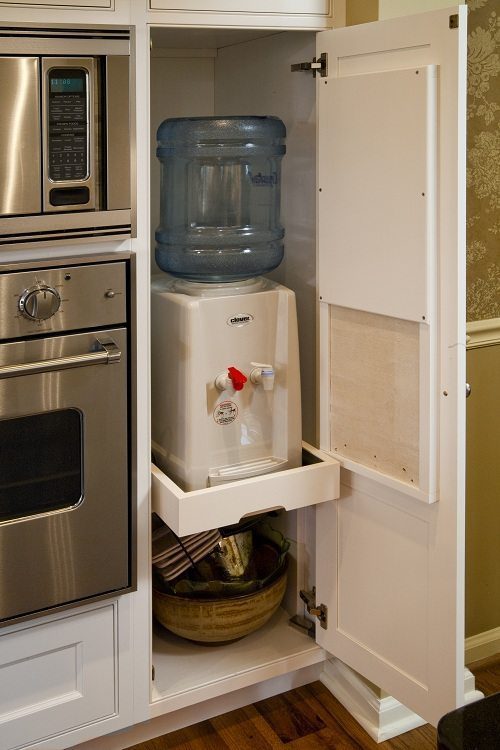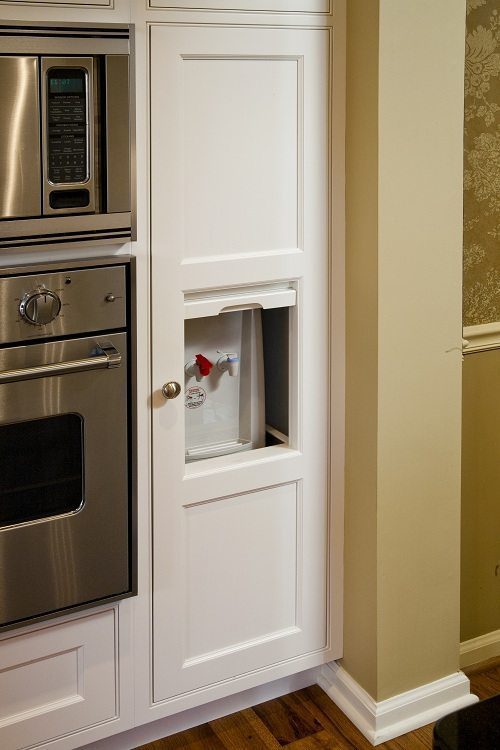Great Designs Start with Listening
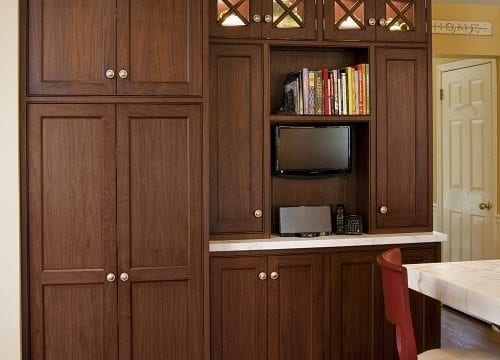
Great designs are personal and are unique to each client. There is no such thing as a great design that is truly appropriate and pleasing to every individual. There is no such thing as a great-design-in-a- box that you can purchase off the shelf. There can be some commonalities, but with the myriad of elements that need to be addressed in a great design seemingly simple nuances can be multiplicative; thus creating a vastly differing final product. A designer’s our job is to use their knowledge of aesthetics, understand the client’s needs and utilize their ability to see beyond the pure aesthetics to create a great design that is appropriate for that client.
In my opinion, great design brings utility, beauty and harmony into the client’s home and their family’s lives. It’s a given that a great design needs to be aesthetically appealing to the client. Additionally, a great design needs to be functional and useful to the client. A space that is all show and no go will quickly turn into an undesirable space for the user. A great design needs to improve and enrich the client’s life. Often times solving problems for daily nuisances or designing elements that save time and make life easier are great improvements for the client. Typically these design elements aren’t glamorous and therefore are often overlooked. Next, a great design will accomplish the goals that were originally established by the client and the agreed to by the designer. Finally, when you have achieved the client’s goals, produced an aesthetically appealing space that is both useful and functional for your client and you have improved and enriched the client’s daily life then you have created a consistent, orderly, pleasing arrangement of parts; a congruous space – you have achieved harmony.
Great design is only a great design if brings utility, beauty and harmony to the client. Often times it is the small seemingly unimportant elements that can make or break a great design. Listening closely to the client is the only way to mine out these design elements. Here are some examples of less glamorous details that provided the client with a better functioning space and improved their daily lives.
 Central control – AV units, telephone and kitchen reference library
Central control – AV units, telephone and kitchen reference library
A tambour door resides in the middle of a 3 panel door. Doesn’t add to visual appeal
Tambour door is opened to reveal a concealed water cooler – added utility, added visual appeal is water cooler is now hidden
Large door is open for easy access to water cooler – added utility
There are some great design elements that provide utility and often are hidden:



Great design are more than simply pleasing aesthetics. Great designs are personal. Great designs demand more and require a deeper understanding of the motivations of the client. We learn about the client’s motivations by asking appropriate questions and then do more listening and less talking. When you achieve a great design you bring utility, beauty and harmony into the client’s home and life.
Let’s look at the final product and you decide for yourself whether this is a great design. First, let’s practice our listening skills by clicking on the link to watch the video below:
Close your eyes and listen to the client. Listen for what the client is saying about her kitchen, her personal and family goals and needs. What’s important to this client?
Now view the video again, but this time watch the video as you listen. Now the aesthetics are incorporated into the design elements and you have a complete picture.
Great designs start with listening and end with a space that is as useful as it is beautiful and a happy client.
This article was contributed by Patrick Kennedy of Superior Woodcraft.
Superior Woodcraft, Inc.
160 N Hamilton Street
Doylestown, Pa 18901
215-348-9942
www.superiorwoodcraft.com
Superior Woodcraft is a local custom cabinet maker from Doylestown, PA – historic Bucks County.

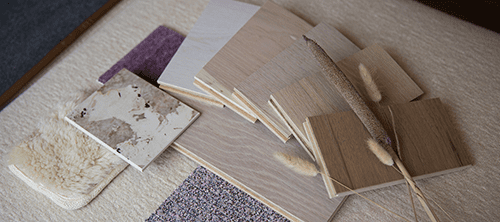
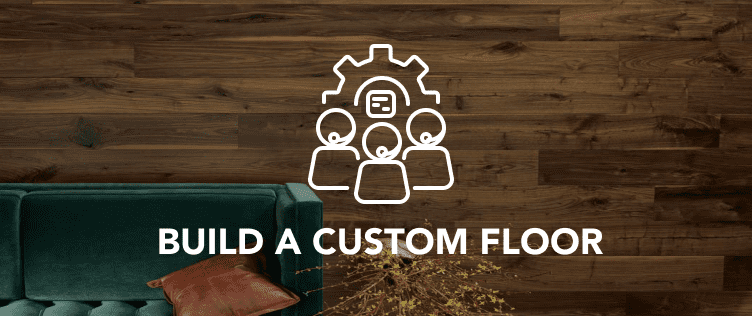
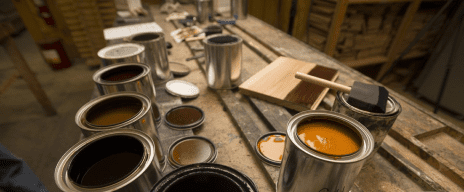
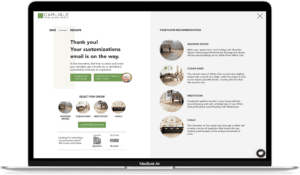
 Central control – AV units, telephone and kitchen reference library
Central control – AV units, telephone and kitchen reference library
